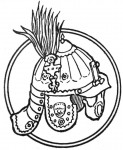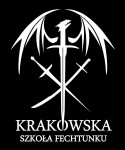Warszawskie Warsztaty Szabli 2024

Warsaw Sabre Workshops 2024
We cordially invite you to a special event – Polish sabre workshops in Warsaw, taking place on three dates: October 20th, November 24th, and December 7th, 2024. After a long break, we are resuming a series of workshops focused on the reconstruction of 17th-century Polish sabre fencing, a unique element of Poland’s military heritage. These workshops offer an excellent opportunity to deepen your knowledge and skills, whether you're a beginner or an advanced fencing enthusiast.
https://silkfencing.pl/workshop/warszawskie-warsztaty-szabli-ii-1














